There is undisputed relief towards the prospect of returning home to a familiar environment and the entire expanse of tools and facilities that have shaped and assisted my daily routine. But leaving also entails a sense of regret: Did I maximize my time here? Could I have done more? The befall of COVID emphasized the importance of taking opportunities as they come, for the future is unpredictable. Even I am not so certain about my next visit; even less certain am I in regards to the environment I'll witness next time.
From biking to hiking, from purple hair to bottle returns, the trip marked another milestone in the exploration passport.
My flight proceeded smoothly, likely the smoothest in all the years I've travelled eastward on Air Canada. Despite my luck with the airline and swift luggage retrieval, all processes came to a halt as a result of the sleepy polar bear. Somehow having mistakenly routed to Terminal 3, I waited outside for at least twenty minutes, irritated and inhaling commercial vehicle fumes. Just when I was grew frustrated enough to call an Uber home, the car pulled up.
Often referred to as "Raincouver" in a comical sense, one ought to think I'd grown accustomed to drizzly drafts and slick streets considering the numerous visits undertaken thus far. Yet, I own neither rain boots nor a waterproof jacket (as I learned while hiking) to combat these conditions. Sudden changes in weather, such as the skies clearing up in the middle of the day or sporatic downpours, were generally not included in the forecast, making planning difficult. The average Vancouverite always has an umbrella on hand, and one nylon-esque jacket tucked away in their eco bag. I regarded this with an air of admiration, for most of my clothes are cotton and rarely did I bring outerwear in the summer.
Surprisingly, little had been invested into improving Translink's services and expanding their network. The network map was more or less stagnant since my 2020 visit, with the exception of a few more Rapid Transit buses - named "R" lines. Nonetheless, it still takes far too long to travel short distances.
In the face of BC's limited transit network (and atrocious drivers), ridesharing services such as Uber prevails as a valuable resource for navigating the GVA. Immediately obvious to me was the nature of the the drivers: they appeared more laidback, engaged in conversation readily, and even offered trivia tidbits of their own. Moreover, their vehicle compartments were spotless, so much more pristine than that of Toronto's.
Out of 8 Uber trips, 2 were taken in Teslas. The surge in green vehicles is not uncommon in smaller cities, as travel distances are generally shorter (and rebates are offered for certain models). However, I must admit to some degree of shock that Teslas were being used for transporting strangers from one point to another. The same observation could be extended to Audis and Mercedes as carriers for food delivery services.
Being a "green" city in more ways than their plastic ban - which I still scoff at, mind you - BC's cycling infrastructure was honestly quite remarkable. Often do I tend to research my available options beforehand, as I aim to avoid residential streets devoid of such infrastructure, but I could traverse the streets of Richmond without this woe. The connectivity of the small city was impressive: whether mixed-traffic bike lanes, multi-use paths, or dedicated cycle tracks with boulevard/bollard separators, a continuous path could be maintained - and usually more than one! The Railway Greenway MUP ran parallel to the Railway Avenue's existing on-street, uni-directional bike lanes, providing both cyclists and residents an opportunity to enjoy the outdoors in a leisurely manner, delineated from live traffic.
Newly developed areas, particularly those at the foot of condos along Fraser River, offer divided pathways for pedestrians and cyclists with ample signage for clarity. I am particularly fond of these installations, as it serves to separate commuters of different speeds, preventing both groups from injury in the case where pedestrians aren't in tune with their surroundings. Crossrides are often clearly painted, but, amusingly, bike signals were not utilized in any circumstance.
The Vancouver vibe is gradually inching towards a general West Coast/LA nature. Coloured treads are more popular than balayage, BTS-loving fangirls are rampant, and the younger generation fits into the high and low extremes of the weight spectrum, but rarely in the middle. The latter point is not intended derogatory in any manner, but is delivered purely as an observation - a standalone statement devoid of attachment. Locals were seen as either extremely thin and bony or round-faced and curvy. The "fit" aesthetic seemed to lean on the lean side, but be devoid of any obvious muscle tone. This contrasts from the Toronto definition of "fit", where those committing to regular exercise are lean yet curvy, with obvious muscle tone.
Japanese food is still significantly better on the West Coast. I cannot draw a conclusion about traditional Korean fare though, as DooBoo was simply passable. In terms of inflation, Vancouver has likely suffered less in terms of grocery and raw ingredient economics and more in readymade meals. Bubble tea, or "boba", as the locals now term it, can reach the $9-$12 range - unheard of in the GTA. Dining out is pricey, yet quality and portion size are usually sustained, unlike the hit-or-miss instances back home.
Health care is despicable, as it has always been. Retirees need not bother with GVA, as it is equivalent to a one-way ticket to neglected injuries, inadequate service providers, repulsive organization, and an overall dysfunctional healthcare system. As of this time of writing, I retain my elbow wound (infected thrice and still painful), knee scrape, and copious layers of scar tissue on my left ankle - non-life-threatening issues retaining an adverse impact on my daily life nevertheless, non-life-threatening issues that could have been diagnosed with care and concern for speedy recovery instead of disdain and arrogance.
For a city that accumulates an estimated 146 cm of rainfall each other, it would be reasonable to think that municipal sewer systems have been retrofitted for such conditions. With ponding witnessed immediately adjacent to a drain though, I can hardly declare confidence in their infrastructure upgrade decisions (or rather, lack thereof).
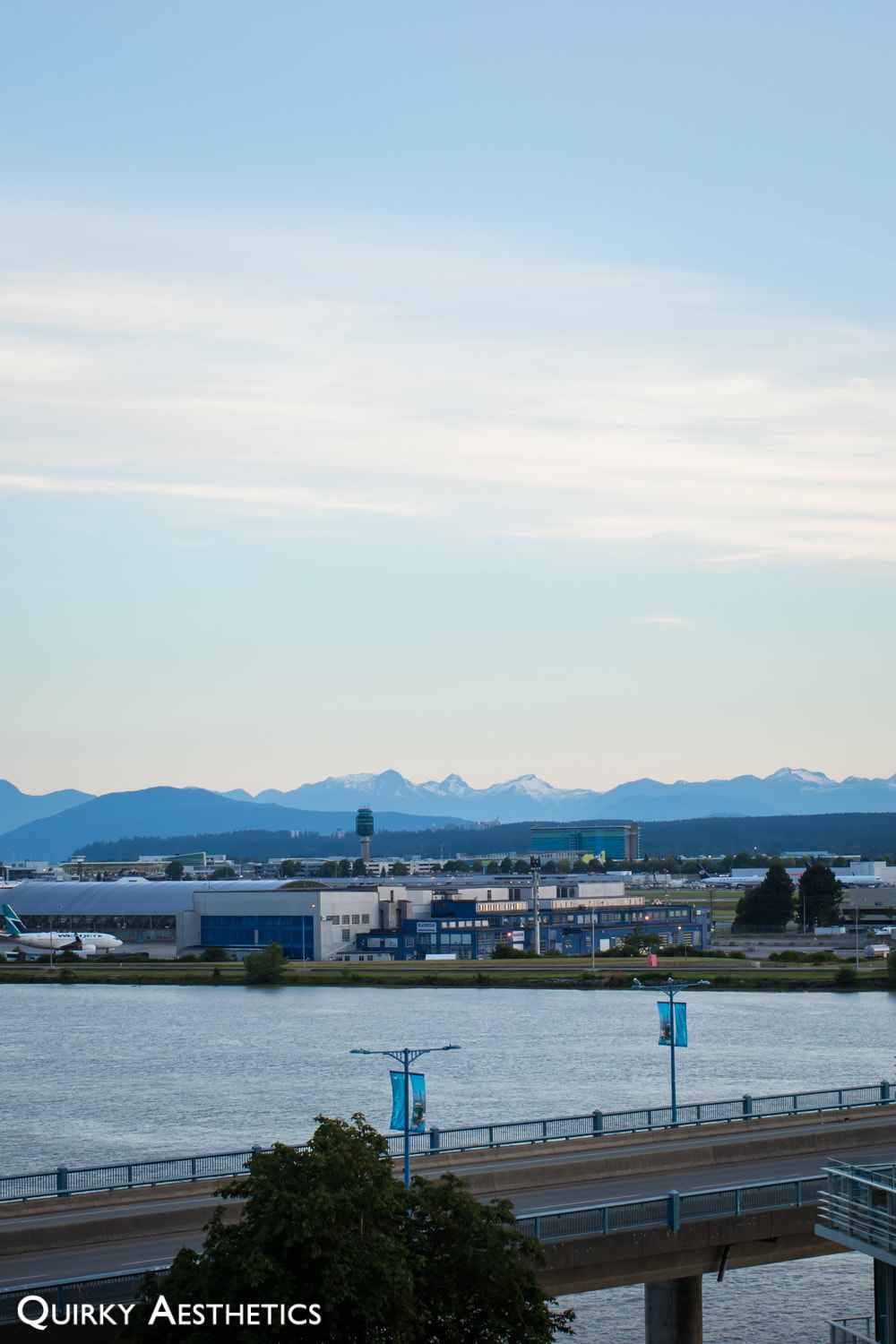
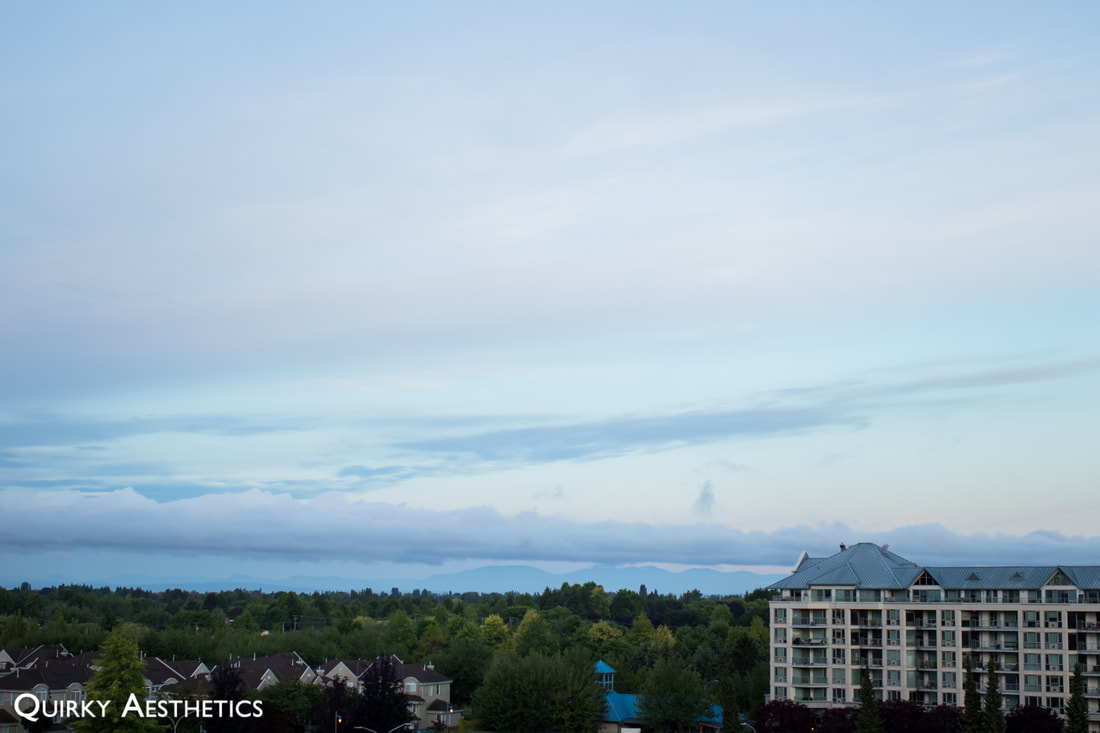
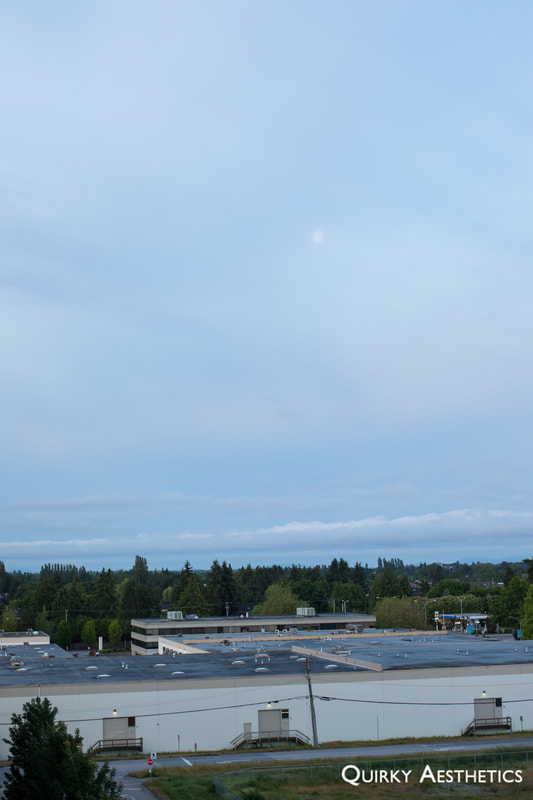
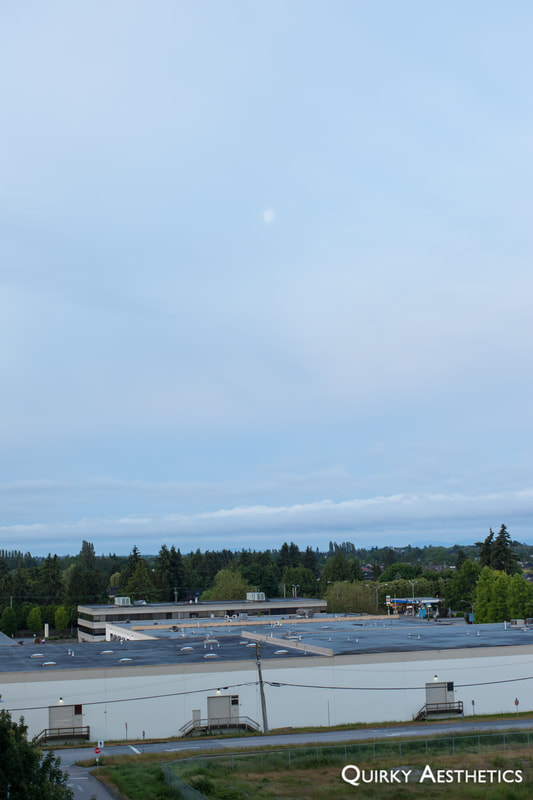
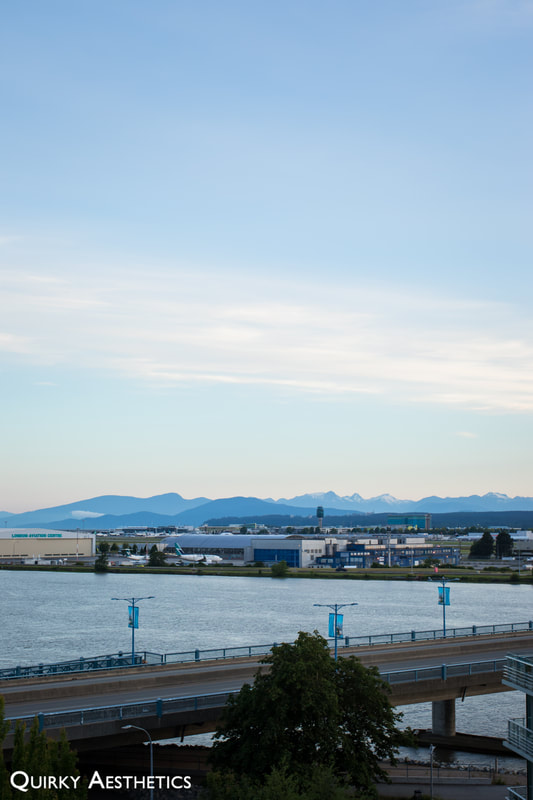
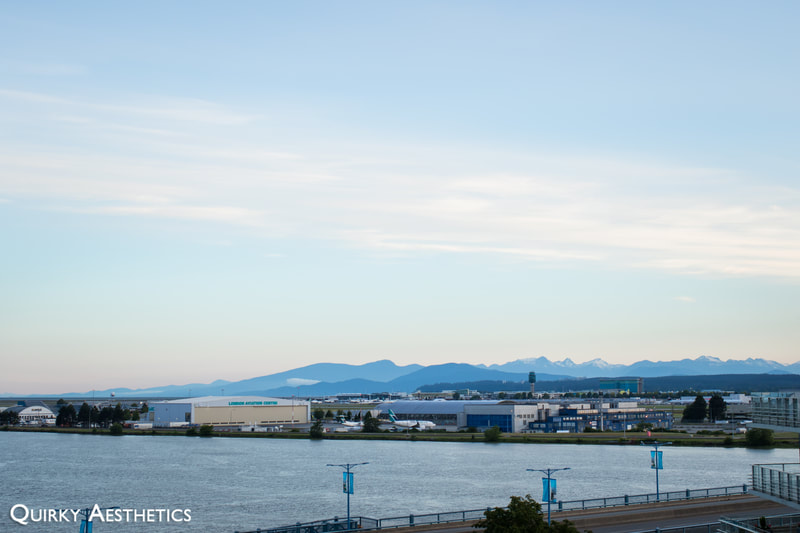
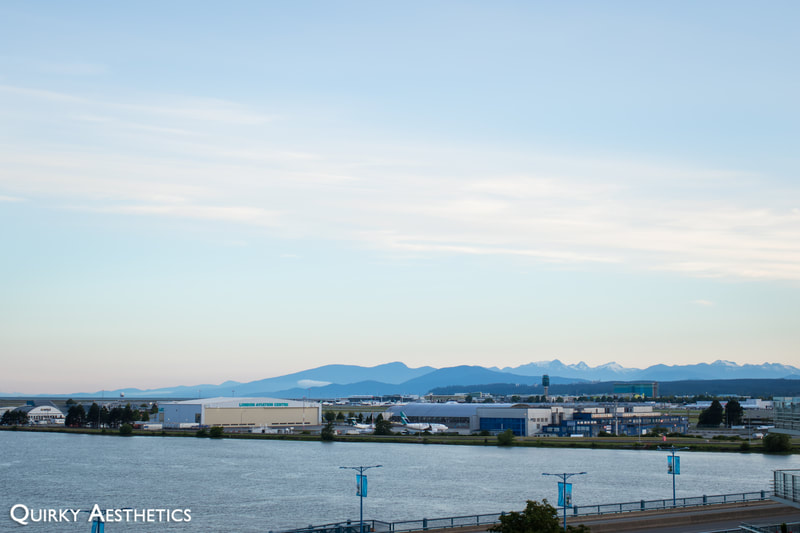
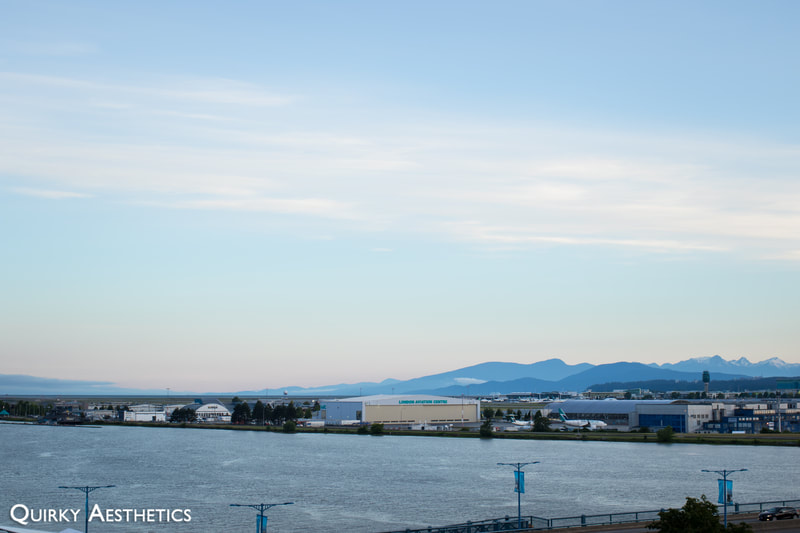
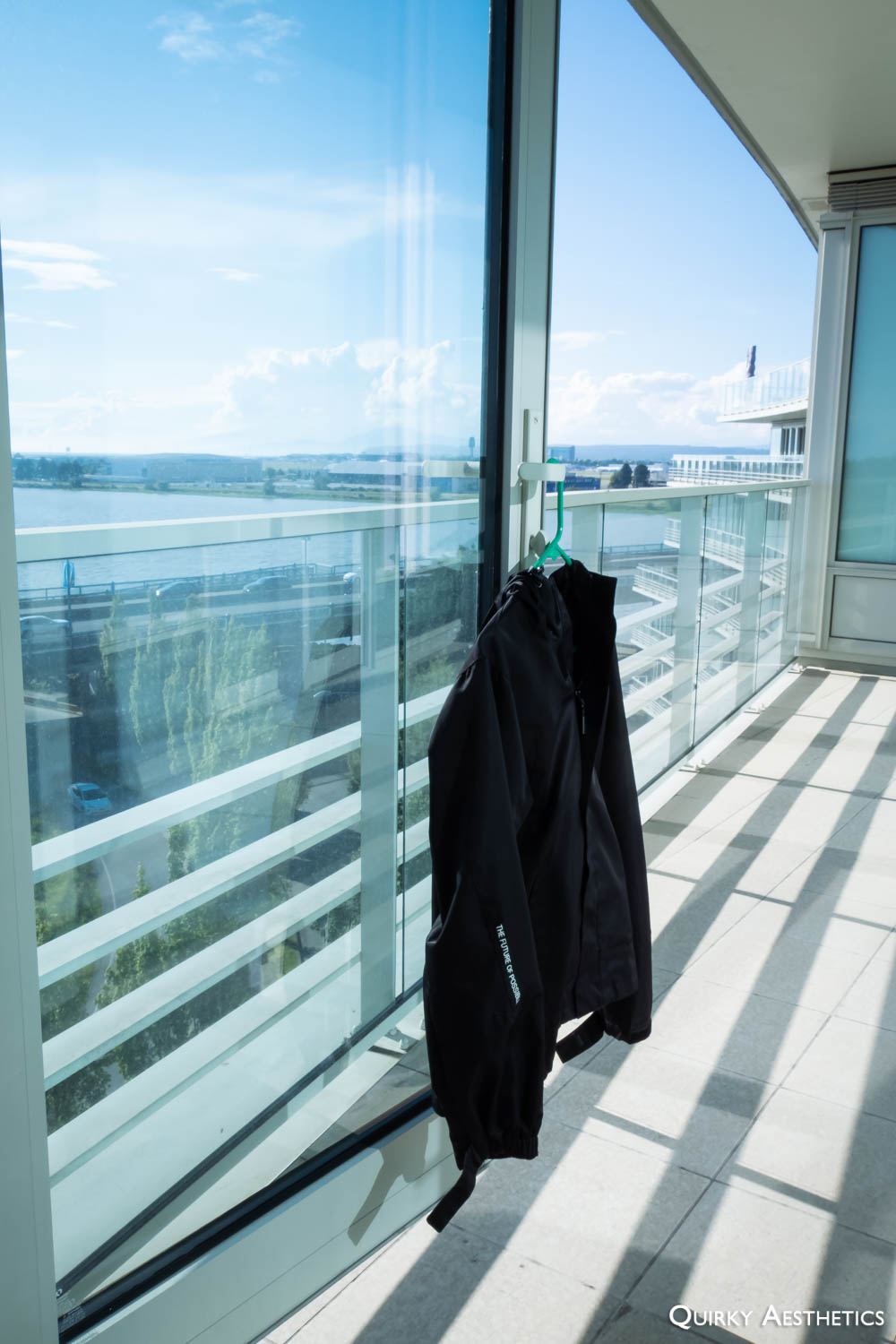
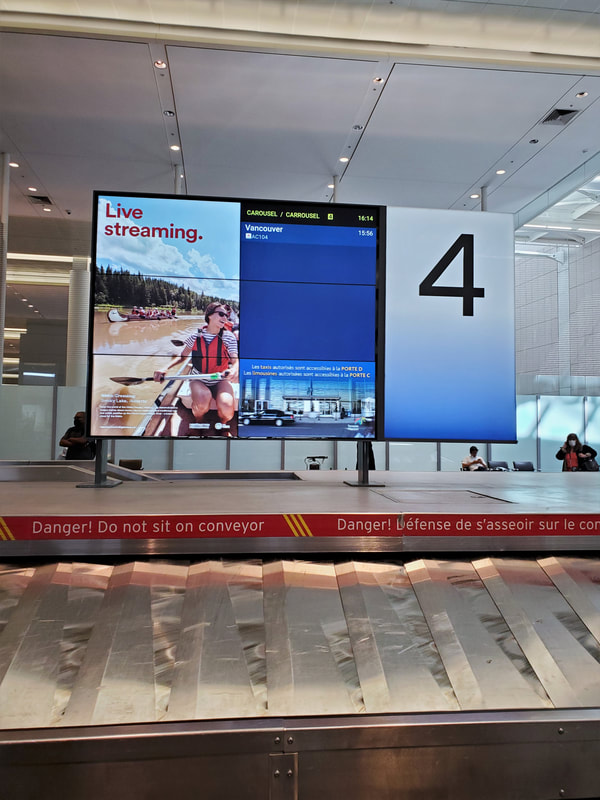
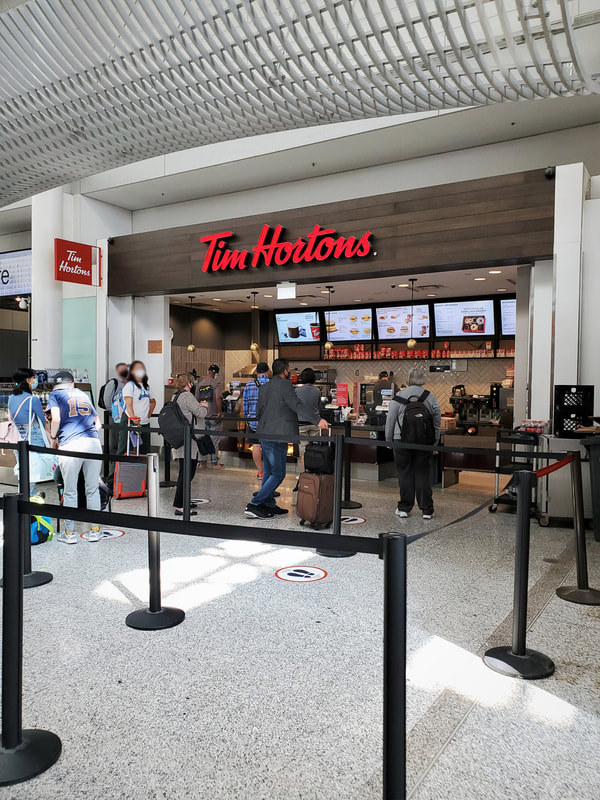
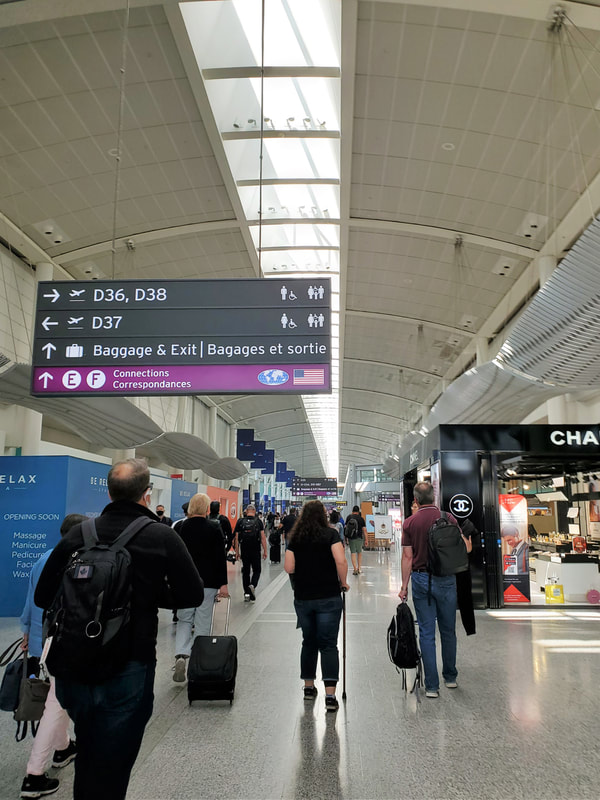
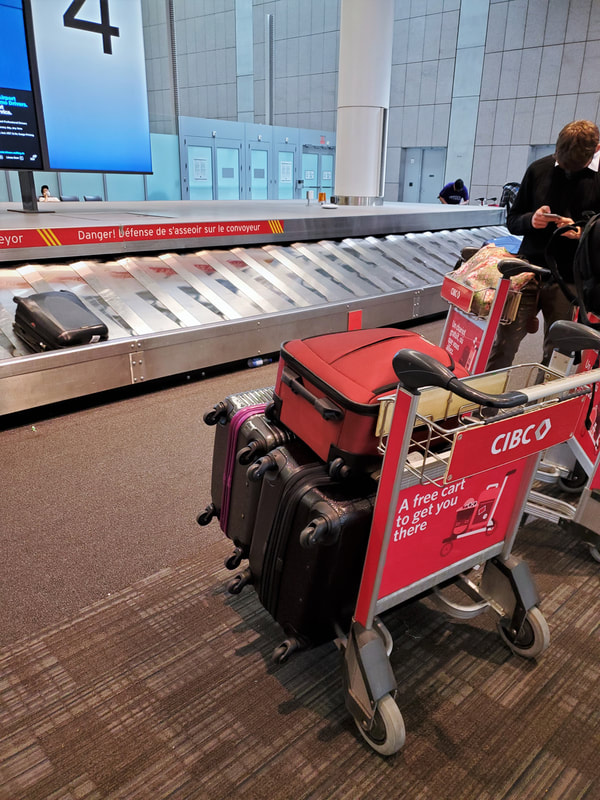
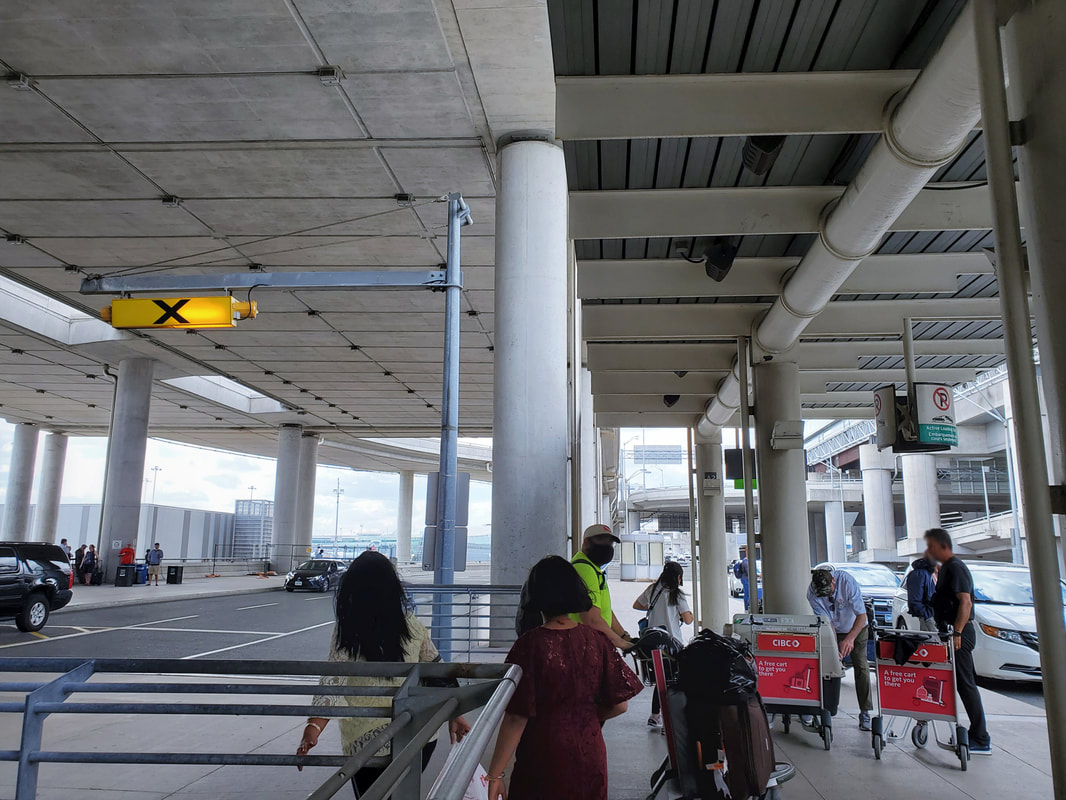
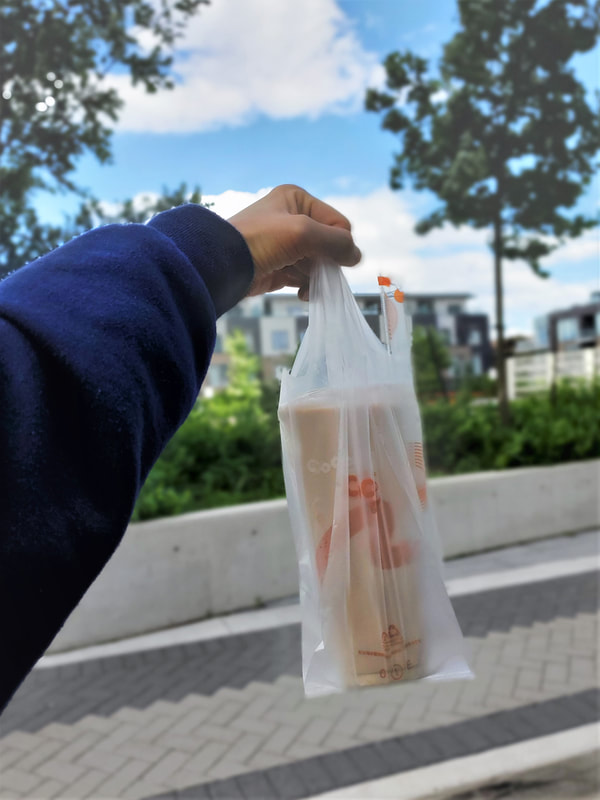
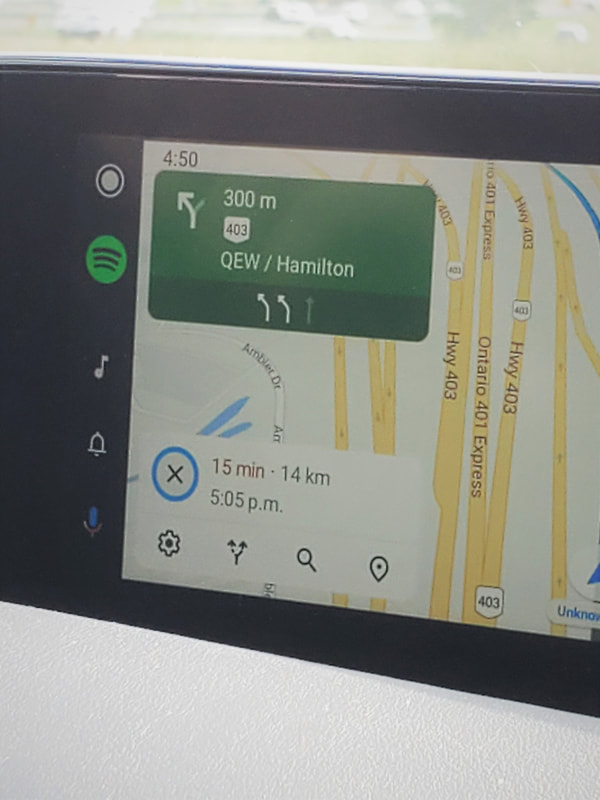


 RSS Feed
RSS Feed